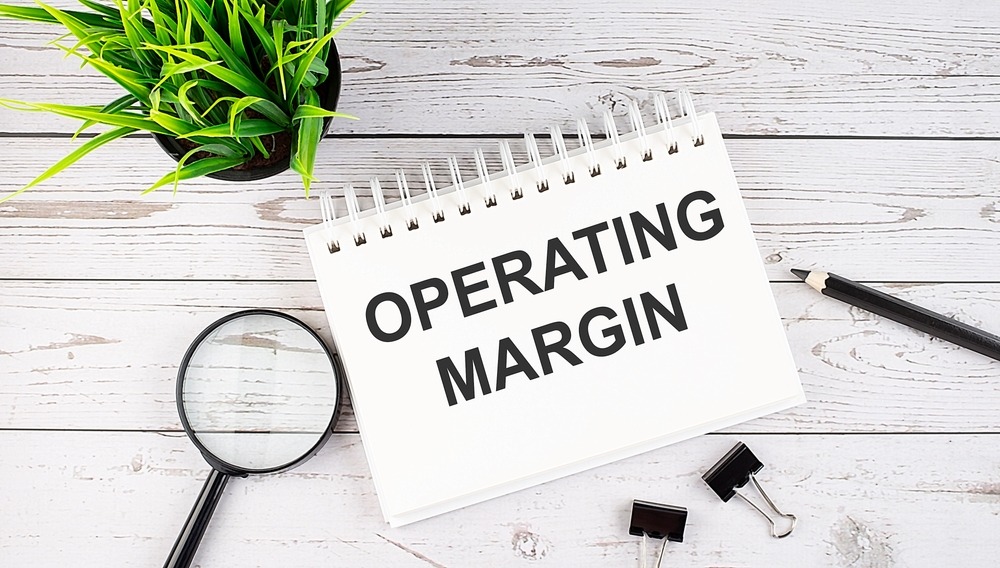More and more transactions in the market are now based on CFDs. But what is a CFD and what role does it play in our financial systems and personal portfolios?
What is a CFD?
A CFD or a contract for differences is referred to an arrangement between two financial derivatives. This arrangement pays the possible differences in the settlement price between the open and closing trades, in marketing terms, cash-settled. With the CFD type of contracts, there is no d physical delivery of goods or securities. These types of arrangements are among the advanced trading strategy that is used by experienced traders.
CFDs can be shortly defined as a tradable contract between a client and a broker. They are exchanging the difference in the initial value of the trade and its price when the trade is reversed.
How does a CFD work?
CFDs enable traders to trade amid the movements of prices of securities and derivatives. Essentially, investors use CFDs mainly to make price bets. These price bets determine whether the price of the underlying asset or security will rise or fall. The parties involved in the CFD trading will bet on the price moving up or downward. Traders who are expecting an increase in the price levels will buy the CFD. The traders who expect a fall in the price levels, on the other hand, will CFDs.
Therefore, in the case of an increase in the prices, the holder of CFDs will offer the CFDs in their positions to the buyers. The accumulated difference between the purchase price and the sale price represents the gain or loss from the trade. The loss or the gain is settled through the investor’s brokerage account. Logically, if a trader suspects a decline in the value of the security, he opens a selling position for his holdings. To close the opened position, an offsetting trade must be purchased. In this case, also, the net difference from the gain or loss of the trade is cash-settled through the party’s accounts.
CFDs and Transactions
CFD’s can be used for trading several types of assets and securities including exchange-traded funds, also known as ETFs. Traders can use these products to speculate the price movements in commodity futures contracts. These contracts can include those for crude oil and corn. Futures contracts are standardized agreements or contracts with obligations to buy or sell a particular good at a stated preset price at a date in the future. While the CFDs do allow investors to trade the price movements of futures, they cannot be considered futures contracts themselves. However, they are a form of contract. Since they do not have a specific expiry date, and a fixated present price, they do not acquire all the features of a futures contract. Even though, they can be traded like other securities with buy and sell prices.
CFDs can also be involved in over-the-counter or OTC trading, using a network of brokers. These brokers mainly organize the market demand and supply for CFDs and set the prices. That is the reason why the CFDs are not traded on major exchange markets such as the New York Stock Exchange.
What are the advantages?
CFDs while very beneficial to the traders, also carry a considerable amount of risk. This is while the traders do not own the underlying assets at any point during the transactions. Therefore, no physical delivery of assets takes place over the course of trading.
The contracts for differences are traded on the margin. This term refers to the ability of the brokers and investors to borrow money to increase leverage. The money can be borrowed in a few different scenarios. For instance, when increasing the size of the position to amply gains. However, the brokers are required to make sure the traders maintain specific account balances before they can engage in such transactions.
With trading on the margin, the CFDs can provide higher leverage compared to traditional trading and contracts. The standard leverage in the CFD market can vary from as low as 2% to as high as a 20% margin requirement. With a lower margin requirement, less capital will be generated, and higher potential returns for the trader. Consequently, a higher margin requirement can generate higher capital.
What are the disadvantages?
One of the disadvantages of this type of token is that in case of any significant volatility or price fluctuations in the underlying asset, the range of the bids and ask prices can vary considerably. This capacity for paying large spreads on entries and exits unbales the trades to profit from small movements of CFDs. This lost gain decreased the number of winning trades substantially while increasing the volume of losses. As the industry of CFD is not regulated, in this market a broker’s credibility is mainly determined by his reputation and financial viability. That is the reason why the CFDs are not traded in the United States.
The investors who own a losing position will get a margin call from their broker since CFDs trade uses leverage. This margin call requires additional deposited funds that are used for balancing out the losing position.
The leverage can increase the volume of gains with CFDs; however, the leverage can also magnify losses. As a result, the traders are at risk of losing their entire assets. Also, if money is borrowed from a broker for trading, the trader is obligated to pay a daily interest rate on the borrowed money.
CFDs in the real world
A real-world example of CFDs can refer to when an investor attempts to buy a CFD on the SPDR S&P 500 or SPY. In this trade, the broker requires a 5% down payment. The investor pays $25,000 for 100 shares of the SPY for $250 each. A 5% rate or $1,250 is paid initially to the broker. In case of a price increase to $350, the trader exits the position with $100 profit on each share and $10,000 gain in total.
Some technical terms are used in this stage. For instance, when said “the CFD is cash-settled”; this term refers to the initial position of $25,000 and the closing position of $35,000 that are netted out at the end. The gain of $10,000 is said to be credited to the investor’s account.
Why is the 21st century’s market in the hands of CFDs?
CFDs, or Contract for Difference, have gained significant popularity in the 21st century due to several factors. Here are a few reasons why CFDs have become popular in the current market:
Low capital requirements: CFD trading allows traders to trade with a much smaller amount of capital than traditional trading methods. This means that traders can gain exposure to the markets with less money and potentially earn a higher return on investment.
Access to a wide range of markets: With CFDs, traders can access a wide range of markets including stocks, indices, commodities, and currencies. This allows traders to diversify their portfolio and take advantage of different market conditions.
Leverage: CFD trading allows traders to trade on margin, meaning they can open positions with a small deposit and leverage their trades. This can amplify gains but also amplify losses, so it is important for traders to use proper risk management strategies.
Flexibility: CFDs are a flexible trading instrument that can be used for short-term and long-term trading strategies. Traders can open and close positions quickly and easily, allowing them to take advantage of short-term market movements.
Advanced trading platforms: CFD trading platforms have become increasingly sophisticated, providing traders with advanced charting tools, real-time market data, and other features that make trading more efficient and effective.
Overall, the combination of low capital requirements, access to a wide range of markets, leverage, flexibility, and advanced trading platforms has made CFDs a popular choice for traders in the 21st century. However, it is important for traders to understand the risks involved and use proper risk management strategies to protect their capital.
















